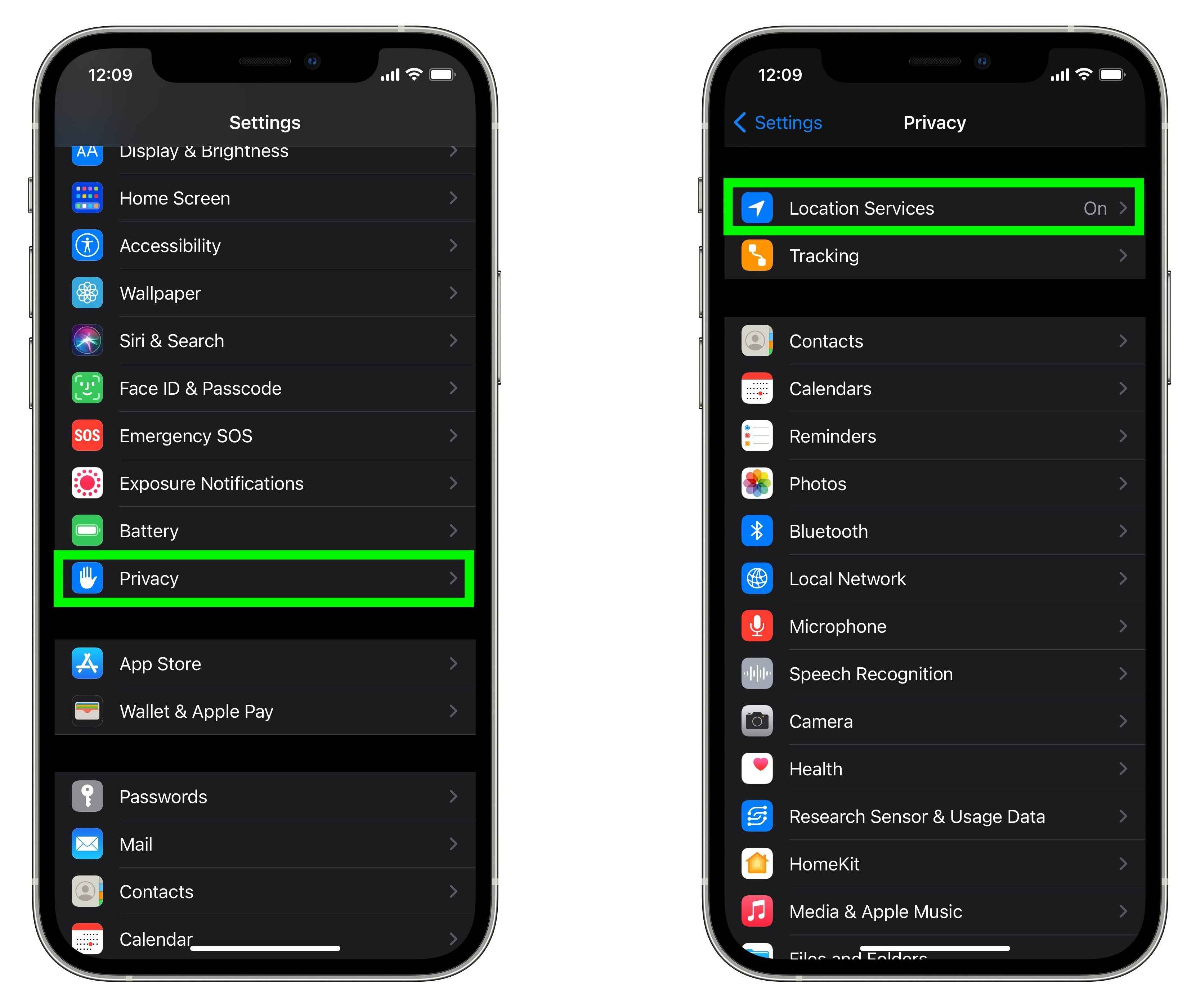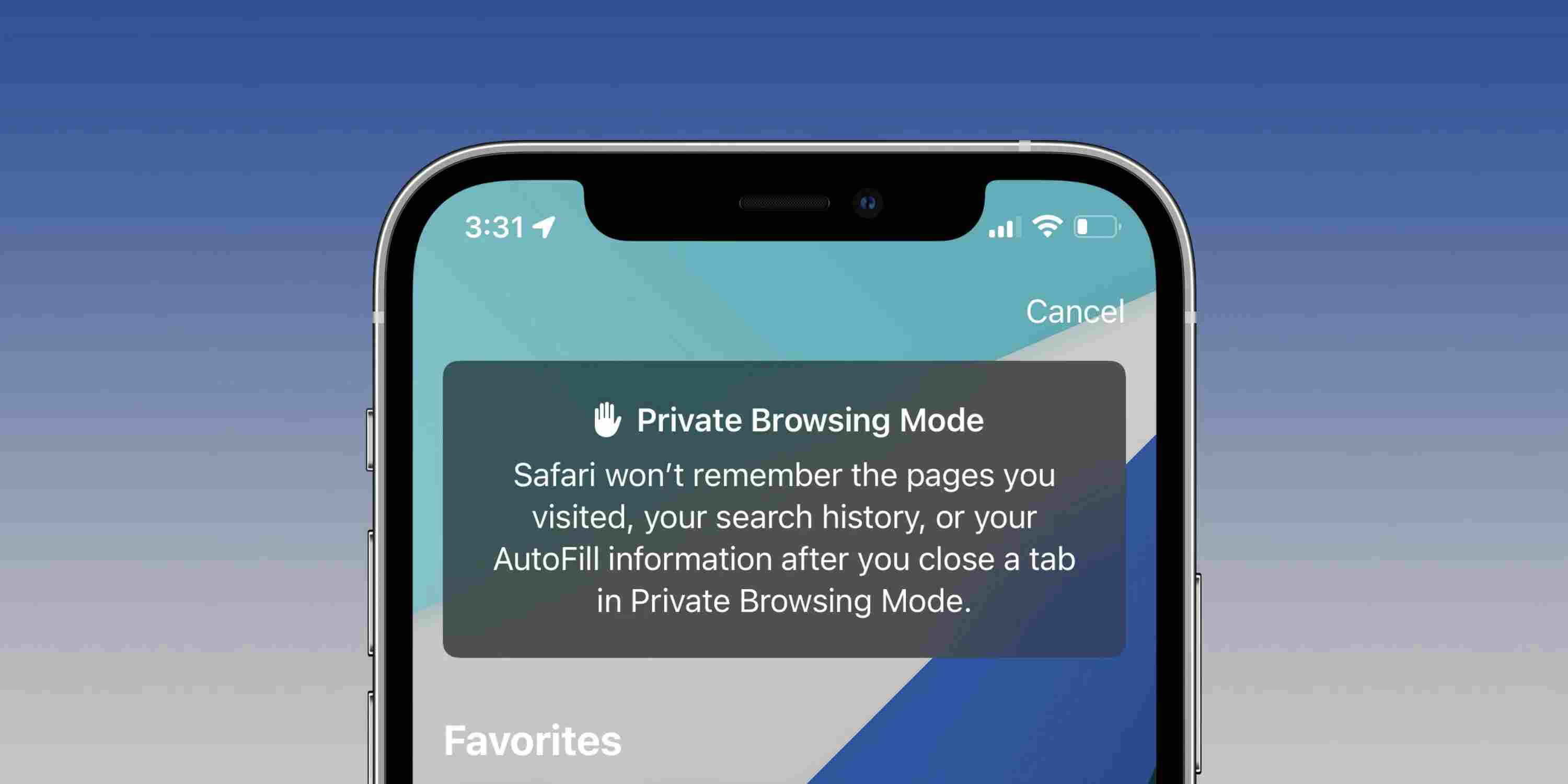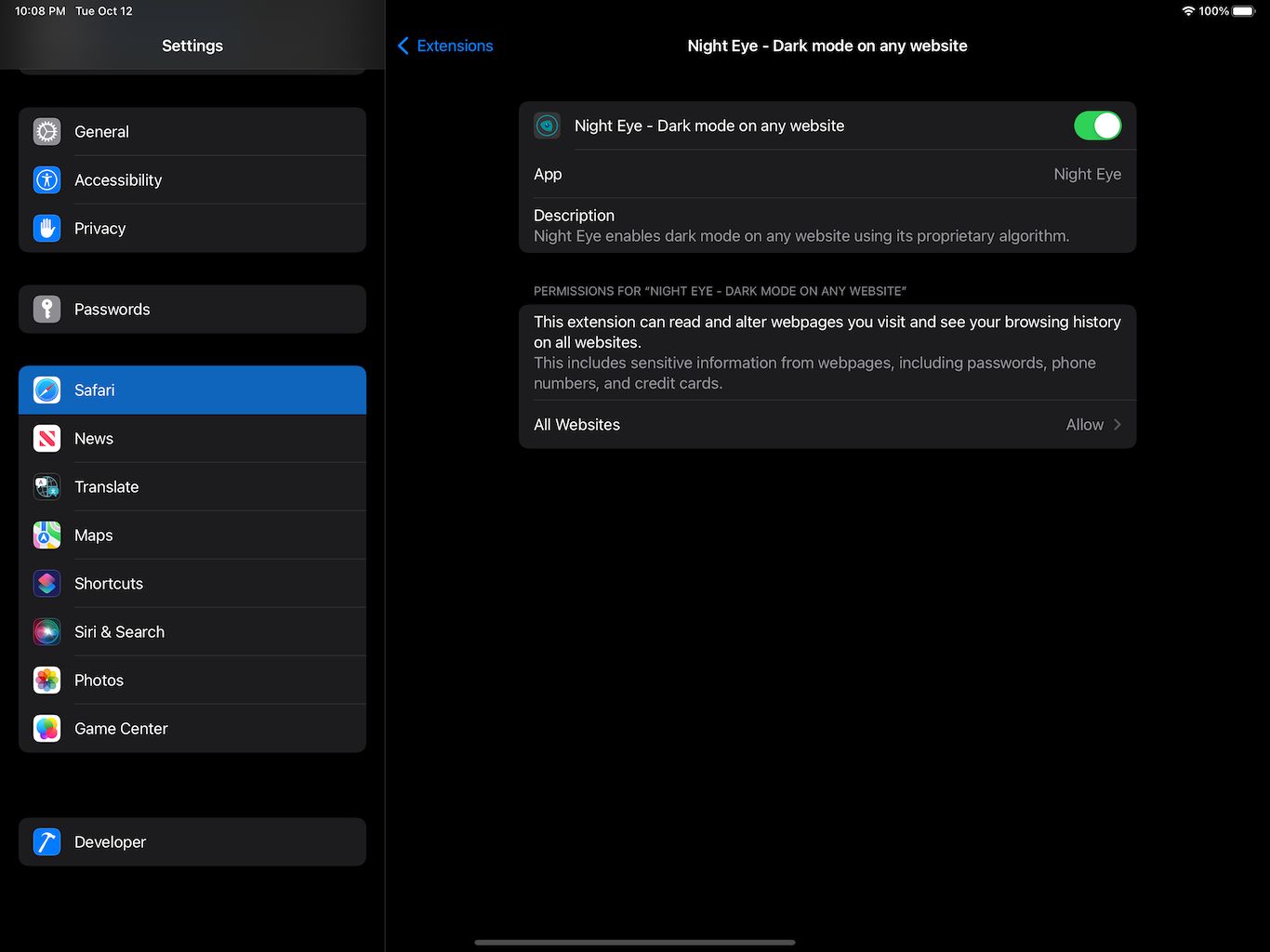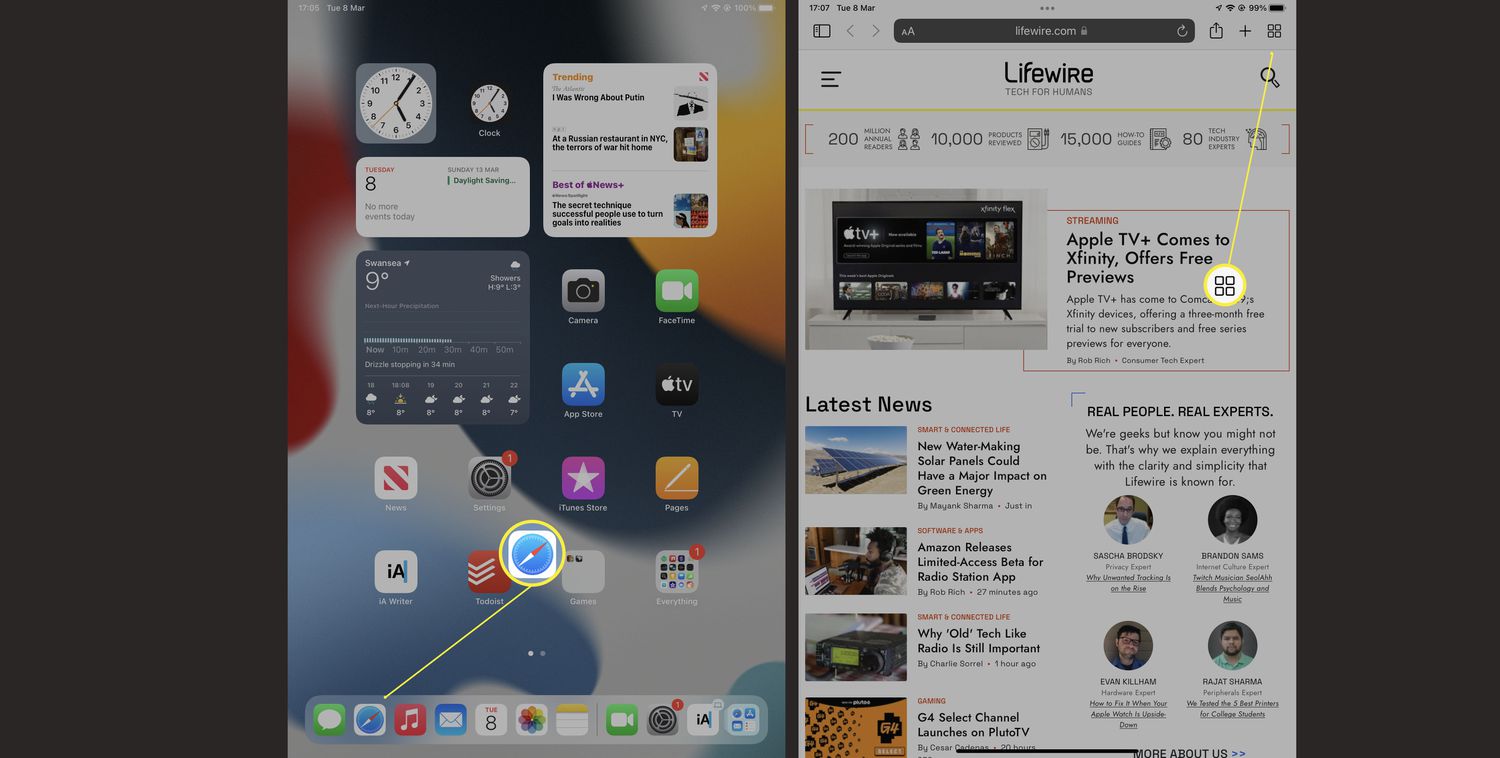Introduction
Enabling location services on Safari can significantly enhance your browsing experience by providing personalized and location-based information. Whether you're looking for nearby restaurants, local weather updates, or mapping directions, having location services enabled allows Safari to tailor its features to your specific whereabouts. This simple yet powerful functionality can make your online activities more convenient and relevant to your daily life.
By turning on location services in Safari, you can unlock a range of benefits. For instance, when searching for a specific service or business, Safari can automatically display nearby options, saving you time and effort. Additionally, enabling location services can improve the accuracy of weather forecasts, ensuring that you receive localized and up-to-date information. Moreover, with location services activated, Safari can provide more precise directions and travel recommendations, making it easier for you to navigate unfamiliar areas.
In this guide, we will walk you through the step-by-step process of enabling location services on Safari. Whether you're using Safari on your Mac, iPhone, or iPad, these instructions will help you harness the full potential of location-based features within the browser. By following these simple steps, you can seamlessly integrate location services into your Safari browsing experience, allowing you to make the most of its personalized and location-specific functionalities. Let's dive into the process and unlock the benefits of enabling location services on Safari.
Step 1: Open Safari
To begin the process of enabling location services on Safari, the first step is to open the Safari browser on your device. Whether you are using a Mac, iPhone, or iPad, launching Safari is the initial action that sets the stage for configuring location services. Safari, known for its sleek interface and seamless browsing experience, is a versatile browser that offers a range of features, including location-based functionalities that can be customized to suit your preferences and needs.
On a Mac, you can easily open Safari by clicking on its icon located in the dock or by accessing it from the Applications folder. Once launched, the Safari browser window will appear, ready for you to explore the web and access its various settings and features.
If you are using an iPhone or iPad, locating the Safari app on your home screen and tapping on its icon will swiftly open the browser, providing you with a gateway to a world of online content and services. With its intuitive interface and user-friendly design, Safari on iOS devices offers a seamless and immersive browsing experience, making it an ideal platform for accessing location-based features and services.
By opening Safari, you are taking the first step towards harnessing the power of location services within the browser. This simple action sets the stage for customizing your browsing experience to align with your location and preferences, allowing Safari to provide you with personalized and relevant information based on your geographical whereabouts.
As you open Safari, you are embarking on a journey to unlock the full potential of location-based functionalities, enabling the browser to cater to your specific needs and interests. With Safari at your fingertips, you are poised to delve into the world of location services, enhancing your browsing experience and accessing tailored information that aligns with your current location.
Now that you have successfully opened Safari, you are ready to proceed to the next step in the process of enabling location services, setting the stage for a personalized and location-enhanced browsing experience tailored to your preferences and geographical context.
Step 2: Go to Settings
After opening Safari, the next crucial step in enabling location services involves navigating to the settings section. This pivotal stage allows you to access the configuration options within Safari, where you can fine-tune various features, including location services, to align with your preferences and browsing needs.
On a Mac, accessing the settings in Safari is a straightforward process. At the top of the screen, you will find the "Safari" menu. Clicking on this menu will reveal a dropdown list, and towards the bottom, you will see the "Preferences" option. Selecting "Preferences" will open a window containing a range of customization settings for Safari. Within this window, you can navigate to the "Privacy" tab, which houses the location services configuration. By clicking on "Privacy," you can proceed to the next step of enabling location services, setting the stage for a more personalized and location-enhanced browsing experience.
If you are using Safari on an iPhone or iPad, the process of accessing settings is tailored to the iOS interface. Upon opening Safari, you can exit the browser and return to the home screen of your device. From there, locate the "Settings" app, which is represented by a gear icon. Tapping on the "Settings" app will open a comprehensive menu containing a wide array of configuration options for your device and its installed applications. Within the "Settings" menu, you can scroll down to find the Safari app settings. By selecting the Safari settings, you can access the specific configuration options for the browser, including the location services feature.
Navigating to the settings section within Safari is a pivotal step that sets the stage for customizing your browsing experience to align with your preferences and geographical context. Whether you are using Safari on a Mac, iPhone, or iPad, accessing the settings allows you to delve into the configuration options, empowering you to tailor the browser's features, including location services, to suit your specific needs and interests.
By reaching the settings section, you are taking a significant stride towards harnessing the power of location-based functionalities within Safari. This pivotal stage paves the way for configuring location services, enabling the browser to provide you with personalized and relevant information based on your geographical whereabouts. With the settings within your reach, you are poised to proceed to the next step in the process of enabling location services, setting the stage for a more personalized and location-enhanced browsing experience tailored to your preferences and browsing needs.
Step 3: Tap on Privacy & Security
Upon reaching the settings section within Safari, the next crucial step in enabling location services involves tapping on the "Privacy & Security" option. This pivotal stage allows you to access the specific configuration settings related to privacy and security within the Safari browser, including the essential controls for enabling location services.
On a Mac, after accessing the Safari preferences, you can navigate to the "Privacy" tab, which is where the "Privacy & Security" settings are located. By clicking on "Privacy," you will be presented with a range of privacy-related options, including the configuration settings for location services. Tapping on "Privacy & Security" within this section will lead you to the dedicated controls for managing the privacy and security features of Safari, including the option to enable location services.
If you are using Safari on an iPhone or iPad, tapping on "Privacy & Security" follows the process of accessing the Safari settings within the "Settings" app. Once you have located the Safari settings within the "Settings" app, tapping on "Privacy & Security" will grant you access to the specific controls for managing the privacy and security features of the browser, including the pivotal option to enable location services.
By tapping on "Privacy & Security," you are taking a significant stride towards configuring the essential privacy and security settings within Safari, including the pivotal control for enabling location services. This action sets the stage for customizing the browser to align with your preferences and geographical context, empowering Safari to provide you with personalized and relevant information based on your current location.
As you tap on "Privacy & Security," you are poised to delve into the specific configuration options that govern the privacy and security features of Safari, including the crucial control for enabling location services. This pivotal stage paves the way for fine-tuning the browser to cater to your specific needs and interests, allowing you to harness the power of location-based functionalities within Safari.
With "Privacy & Security" within your reach, you are ready to proceed to the next step in the process of enabling location services, setting the stage for a more personalized and location-enhanced browsing experience tailored to your preferences and browsing needs.
Step 4: Enable Location Services
Enabling location services within Safari is a pivotal step that empowers the browser to provide you with personalized and location-specific information, enhancing your browsing experience and catering to your geographical context. By activating location services, you allow Safari to access your device's GPS and Wi-Fi data to determine your current location, enabling the browser to deliver tailored content and services based on your whereabouts.
On a Mac, after tapping on "Privacy & Security" within the Safari preferences, you will encounter the option to enable location services. By checking the box next to "Enable Location Services," you grant Safari permission to utilize your device's location data, setting the stage for a more personalized and location-enhanced browsing experience. This straightforward action empowers Safari to tailor its features to your specific geographical context, ensuring that you receive relevant and localized information as you explore the web.
If you are using Safari on an iPhone or iPad, the process of enabling location services is seamlessly integrated into the iOS interface. Within the Safari settings in the "Settings" app, you can locate the "Location Services" option. By toggling the switch next to "Location Services" to the "on" position, you grant Safari access to your device's location data, enabling the browser to provide you with personalized and location-specific content and services.
Enabling location services within Safari is a pivotal stage that unlocks a range of benefits, enhancing your browsing experience and providing you with tailored information based on your geographical whereabouts. By activating location services, you empower Safari to deliver personalized content, such as localized news, weather updates, and nearby service recommendations, aligning the browser's features with your specific location and preferences.
With location services enabled, Safari can seamlessly integrate location-specific functionalities into your browsing experience, ensuring that you receive relevant and personalized information as you navigate the web. Whether you are using Safari on a Mac, iPhone, or iPad, enabling location services sets the stage for a more personalized and location-enhanced browsing experience, allowing the browser to cater to your specific needs and interests based on your geographical context.
By enabling location services within Safari, you are harnessing the power of personalized and location-specific functionalities, empowering the browser to provide you with tailored content and services that align with your current location. This simple yet impactful action enhances your browsing experience, ensuring that you receive relevant and localized information as you engage with Safari's features and services.
Step 5: Allow Location Access for Safari
After enabling location services within Safari, the final crucial step involves allowing location access specifically for the Safari browser. This pivotal action ensures that Safari has the necessary permissions to utilize your device's location data, enabling the browser to provide you with personalized and location-specific content and services tailored to your geographical whereabouts.
On a Mac, granting location access for Safari is seamlessly integrated into the browser's settings. After enabling location services within the Safari preferences, you can navigate to the specific permissions section dedicated to location access. Within this section, you will encounter the option to grant Safari access to your device's location data. By checking the box next to "Allow Location Access for Safari," you empower the browser to utilize your geographical information, setting the stage for a more personalized and location-enhanced browsing experience. This straightforward action ensures that Safari can seamlessly integrate location-specific functionalities into your browsing experience, providing you with relevant and tailored information based on your current location.
If you are using Safari on an iPhone or iPad, allowing location access for the browser is an essential step in harnessing the power of location-based functionalities. Within the Safari settings in the "Settings" app, you can navigate to the specific permissions section for location access. By toggling the switch next to "Safari" to the "on" position within the location access settings, you grant Safari the necessary permissions to access your device's location data. This pivotal action empowers the browser to deliver personalized and location-specific content and services, ensuring that you receive relevant and localized information as you engage with Safari's features and services.
By allowing location access for Safari, you are ensuring that the browser has the essential permissions to utilize your device's location data, enabling it to provide you with tailored content and services based on your geographical whereabouts. This final step in the process of enabling location services within Safari sets the stage for a more personalized and location-enhanced browsing experience, allowing the browser to cater to your specific needs and interests based on your current location.
With location access granted for Safari, you can seamlessly integrate location-specific functionalities into your browsing experience, ensuring that you receive relevant and personalized information as you navigate the web. Whether you are using Safari on a Mac, iPhone, or iPad, allowing location access for the browser empowers it to provide you with tailored content and services that align with your current location, enhancing your browsing experience and catering to your geographical context.

























